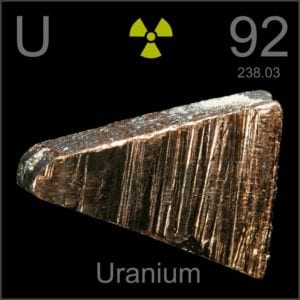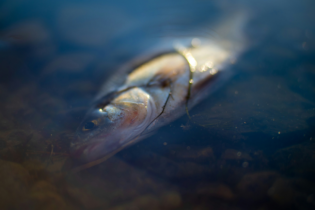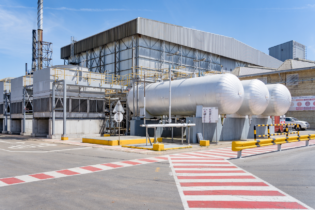The amount of untreated waste material containing uranium is growing after the 28% percent plunge in the gold price last year left many mine sites abandoned. Waste rock from hundreds of mines has been deposited around Johannesburg over the years, and covers a combined area of 400 000 square kilometres. It is estimated that this waste contains 600 000 metric tons of uranium.
Scientists have found that rivers in the west of Johannesburg contain up to 4 000 times the natural level of uranium while tap water contains as much as 20 times the natural amount. A soil sample taken a little more than a mile from a recently closed gold mine was tested by WaterLab Ltd and found to contain five times more uranium than what is considered normal by the International Atomic Energy Agency. The Blyvooruitzicht mine (80 kilometres southwest of Johannesburg) close to where the soil sample was taken was closed in July. The mine was last operated by Village Main Reef Ltd. However, because the company never took legal ownership of the operation, it isn’t responsible for the environmental rehabilitation of the mine. Village Main Reef Ltd ‘s chief executive Ferdi Dippenaar told IOL News that, as far as he is aware, the amount of uranium in tailings recoveries was within the limits during the 18 months company operated the mine. Planning for mine closureSchlumberger Water Services Mining hydrologist Geoff Beale says mine operators should adopt a “mine to close” approach, carefully taking closure into consideration to reduce the chance of having to deal with mine pollution liability issues.
Speaking at the Northern Nevada Section of the Society for Mining, Metallurgy and Exploration in America this week, Beale said closure planning must be considered both in the short-term and the long-term. “There will be a much greater understanding of actual closure conditions during the final years of mine operations when a longer period of monitoring data is available. Experience has shown that it is better for the closure studies to identify bounding conditions and uncertainty, and the potential requirement for mitigation, rather than attempt to provide exact predictions,” he says. Beale cites the Kori Kollo gold mine in Bolivia, the Golden Cross gold/silver mine in New Zealand, the Sleeper gold mine in Nevada, and the Haile gold mine in South Carolina as examples of good closure work.







